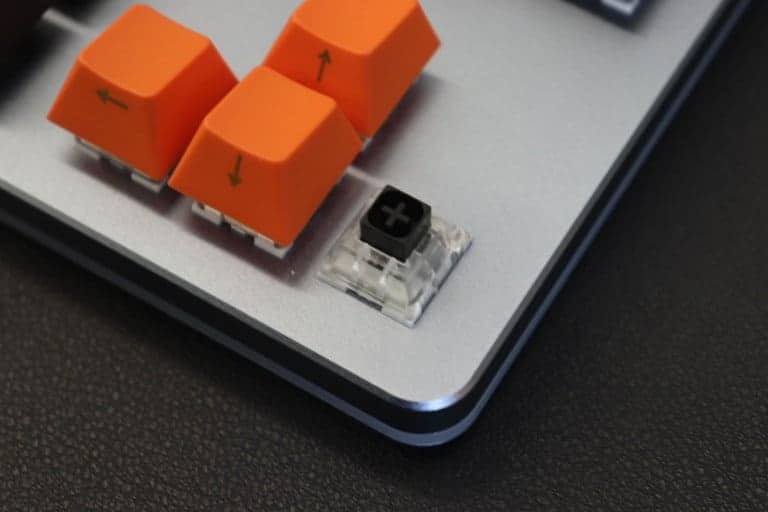

The main advantage of linear mechanical switches is the faster actuation.įast actuation is essential for typing as well as gaming. The linear mechanical switch does not provide a tactile feel or audible click during key press. It also allows users to replace defective or malfunctioning switches rather than buying a new keyboard. Hot-swappable mechanical switches allow the user to replace the switches based on need and preference.

Hot-swappable switches can be detached from the circuit board and replaced with other switches. Soldered mechanical switches are fixed on the mechanical keyboard’s circuit board. This means that mechanical switches do not need to reach the bottom in order to register a keypress.Īpplications of mechanical switches in mechanical keyboards can also vary from soldered to hot-swappable. Most mechanical switches have around 4mm of total travel distance and only 2mm of actuation distance. Mechanical switches also have different total travel distance and actuation distance, unlike membrane switches. Metal coil springs are more durable than rubber domes and can withstand up to 50 million keypresses. The feedback from the keypresses help with sensory validation that the key is pressed and helps with hand-eye coordination when gaming and typing. Some of the most popular types of mechanical switches are blue, red, brown, and black. The patent has since expired and it has been reproduced by other companies like Kalih.Ĭherry MX Switches as well as other manufacturers use stem color to differentiate them from each other. Cherry created the “Cherry MX Switch” in 1983 and in 1984 they patented it.

The most popular manufacturer of mechanical keyboard switches is a German company called Cherry. Mechanical switches use a metal coil spring that returns the switch back to its rest state. The plastic stabilizers assist in depressing the rubber dome switch beneath, making the keypress easier on the fingers. Scissor switches work by placing plastic stabilizers in a crisscrossed formation to provide resistance and slight tactile feedback during key press.

It also has a total travel distance of 2mm. This keyboard switch has an actuation distance of around 1mm. The scissor switch is a variation of the rubber dome switch and is mostly used in laptop keyboards and other low-profile/slim keyboards. The lack of tactile feedback and the full-travel required with each keypress can lead to overexertion of the fingers and can lead to hand fatigue or even carpal tunnel syndrome. Membrane keyboard switches have a total travel distance of 4mm, also referred to as a “full-travel.” The actuation distance in membrane keyboard switches is similar to its total travel distance because this kind of keyboard switch requires the user to reach the bottom of the keypress in order to register. Membrane switches provide resistance due to the properties of the rubber dome but do not provide the tactile feedback that indicates that a keypress has been registered. The membrane keyboard works by depressing the rubber dome and reaching the bottom of the keypress to activate the designated key in the PCB. The main materials used in creating membrane keyboards are the keycaps, rubber dome, silicon membrane layer, and the printed circuit board (PCB) which contains the electrical circuits needed to register a keypress. Standard membrane switches are rated up to 5 million keystrokes. The membrane switch or rubber dome switch is one of the most commonly used keyboard switches.


 0 kommentar(er)
0 kommentar(er)
